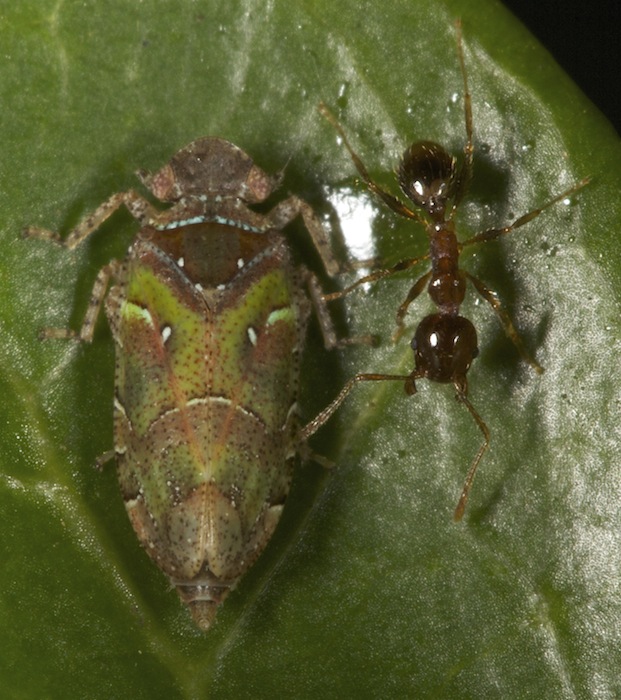Page 92 of 295
Re: Insect or Invertebrates Identification
Posted: Sat Apr 26, 2014 12:26 pm
by Toko
ExFmem wrote:And if it's even possible, I'm even
more unsure of this one
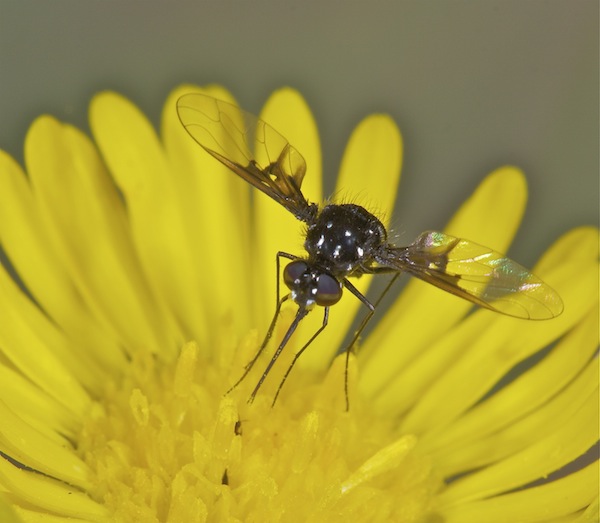
Imfolozi
Oops, I need to go back and see if I posted these here before


If so, will edit, but Toko will have the answers to BOTH before I can even complete that task

My guess: Beefly (Bombyliidae)

Looks like this one
 http://www.ispot.org.za/node/185776?nav=related
http://www.ispot.org.za/node/183608?nav=related
http://www.ispot.org.za/node/185776?nav=related
http://www.ispot.org.za/node/183608?nav=related
Bombylius tabaniformisrufus was suggested for this one
http://www.ispot.org.za/node/181271?nav=related
But It might be rather a Bombylella than the Bomylius
viewtopic.php?p=177096#p177096
http://www.europeana.eu/portal/record/1 ... 25160.html
Appendix 1 from here is interesting
http://www.biomedsearch.com/article/eco ... 85041.html
Bombylella Greathead, 1995
Distribution: Mainly Afrotropical, also southern Palaearctic and Oriental.
Biology: B. ornata (Wiedemann, 1828) and Bombylella sp. reared once each from dung balls of Scarabaeidae. Less than 10 mm, delicate species, those from Africa with mainly black vestiture ornamented with tufts of bright coloured hair or opalescent or metallic coloured scales. The ornamentation is probably for species recognition in dense vegetation (open forest, woodland).
Re: Insect or Invertebrates Identification
Posted: Sat Apr 26, 2014 1:35 pm
by Toko
Toko wrote:BluTuna wrote:
Another new one was this Bee, which I suspect is from the Rediviva Sp.
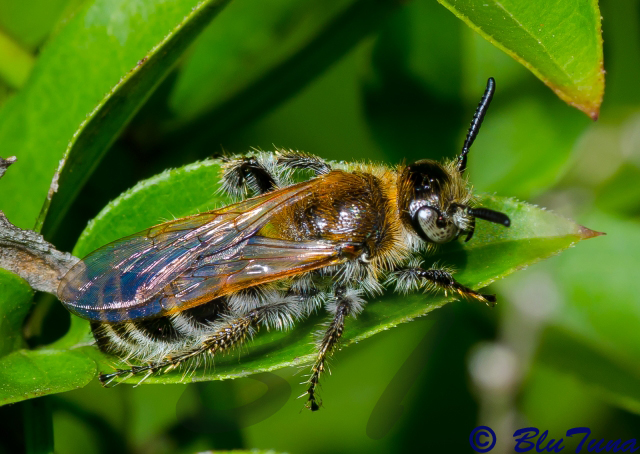
I think Scoliidae, Mammoth Wasp


Scoliidae is good and I think
Subfamily Campsomerinae, Tribe Campsomerini
Very similar to this one!
http://www.ispot.org.za/node/150789
Re: Insect or Invertebrates Identification
Posted: Sat Apr 26, 2014 1:38 pm
by BluTuna
Re: Insect or Invertebrates Identification
Posted: Sat Apr 26, 2014 1:44 pm
by Toko
Re: Insect or Invertebrates Identification
Posted: Sat Apr 26, 2014 7:49 pm
by ExFmem
Lots of good info. Toko, excellent job.

From the diptera.info website all I got was confirmation that it is a bee fly ( Bombyliidae), like you said.
Here's a side view of it:
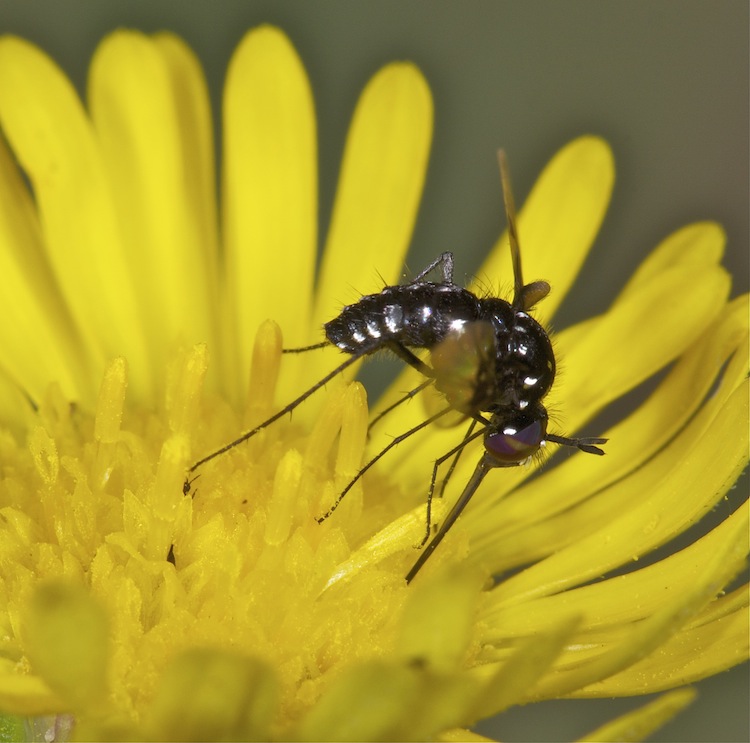
Imfolozi
I think it might very well be the same as BluTuna's entry that you referenced. Maybe just add these 2 photos to his entry, and edit the commentary w/ the additional info. you found

Re: Insect or Invertebrates Identification
Posted: Sat Apr 26, 2014 7:55 pm
by ExFmem
Re: katydid nymph
Toko: "I'd suggest we make it a Phaneropterini nymph, and a possibly Phaneroptera"


Will write up the stick insect later (today?). Birthday party to attend first.
Re: Insect or Invertebrates Identification
Posted: Sat Apr 26, 2014 10:35 pm
by Toko
BluTuna wrote:Hi everyone

Here are some more grasshopper/crickets to be ID'd for the insect book. All taken in my garden in Randburg.
3. Garden Locust in brown form????
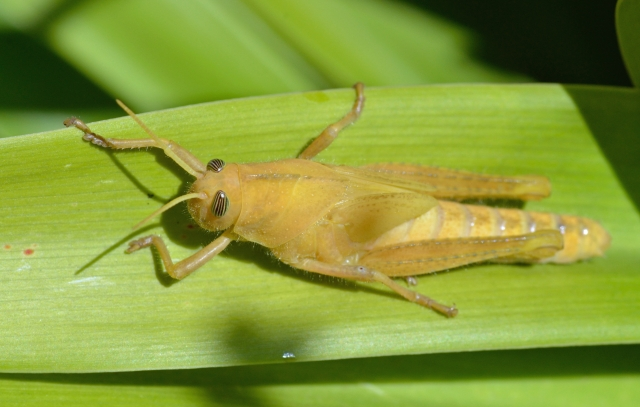
Schistocerca gregaria nymph
but ther might be other yellow nymphs

However, should be Subfamily Cyrtacanthacridinae, all of them have the striped eyes!
Re: Insect or Invertebrates Identification
Posted: Sun Apr 27, 2014 8:39 am
by Toko
ExFmem wrote:Lots of good info. Toko, excellent job.

I think it might very well be the same as BluTuna's entry that you referenced. Maybe just add these 2 photos to his entry, and edit the commentary w/ the additional info. you found

Nooooooooooo

it is clearly a different species

It requires its own entry

Re: Insect or Invertebrates Identification
Posted: Sun Apr 27, 2014 9:02 am
by Toko
Have been podering a long time over this

and came to the conclusion that it IS
Hilda patruelis 

 Pheidole megacephala
Pheidole megacephala for the ant!!! (Tis makes TWO new entries



)
http://antsofafrica.org/ant_species_201 ... ephala.htm
Leaf Hopper bugs Hilda patruelis suck the sap from figs and are tended for honeydew by pugnaceous ants Anoplolepis custodiens or Pheidole megacephala.
Good description of the ant here
http://www.plantwise.org/KnowledgeBank/ ... dsid=40133
Re: Insect or Invertebrates Identification
Posted: Sun Apr 27, 2014 4:25 pm
by ExFmem
Looks like I better get moving now that I have four entries piling up!

Will work on them SOON


We're (Toko) making lots of progress here


If so, will edit, but Toko will have the answers to BOTH before I can even complete that task




